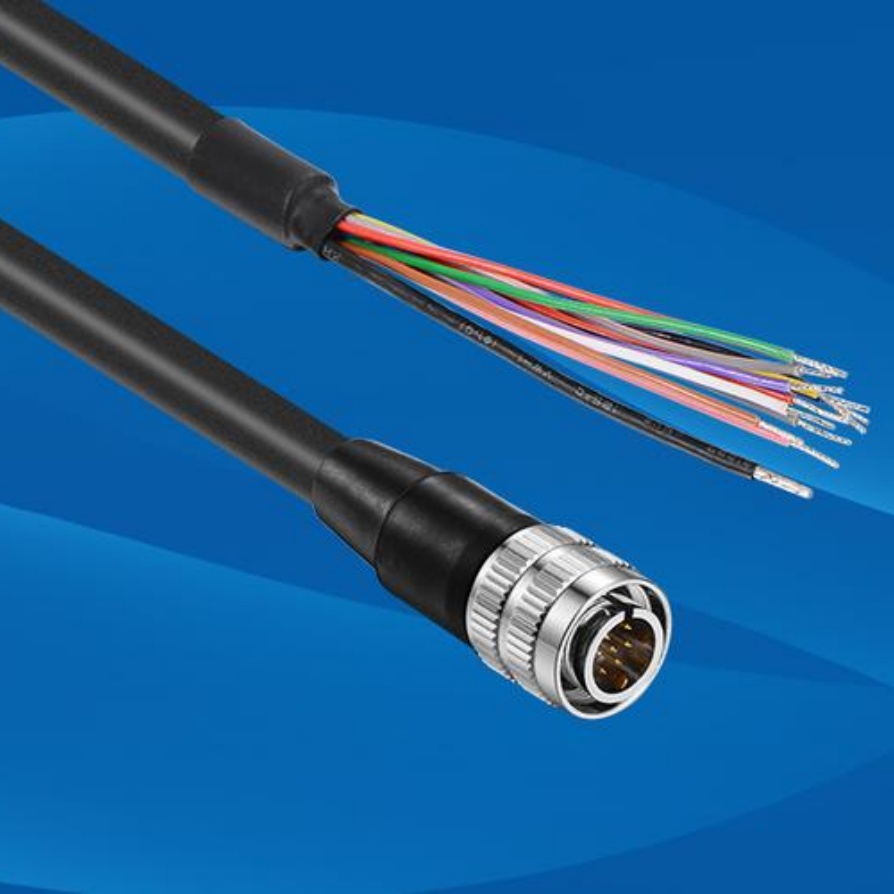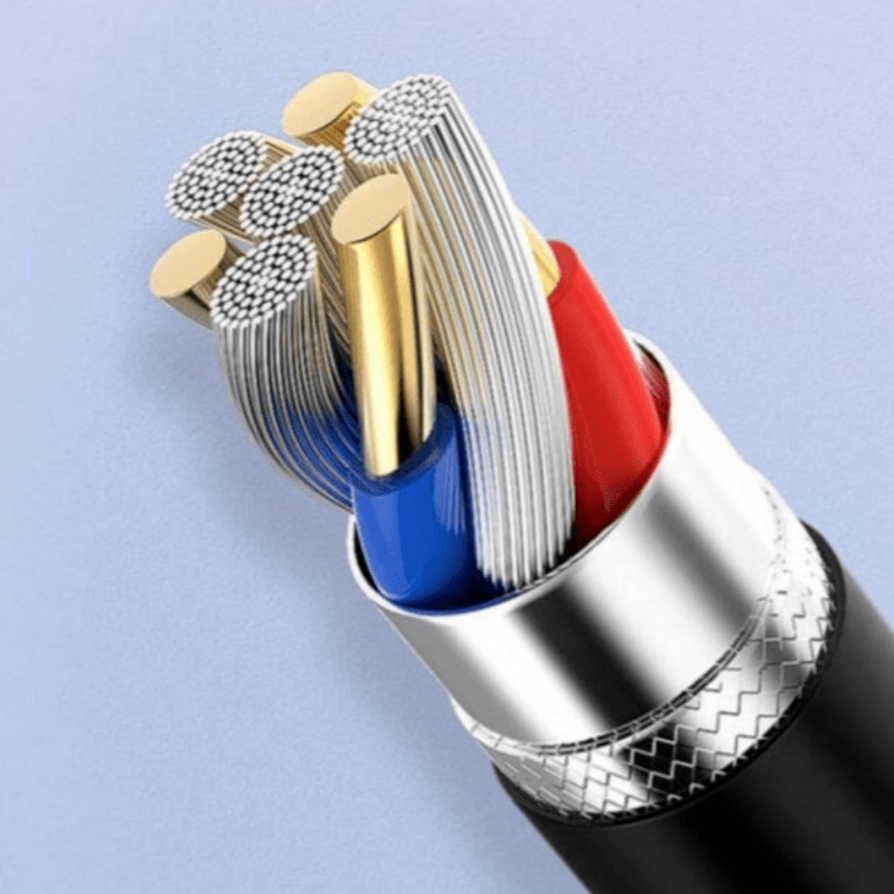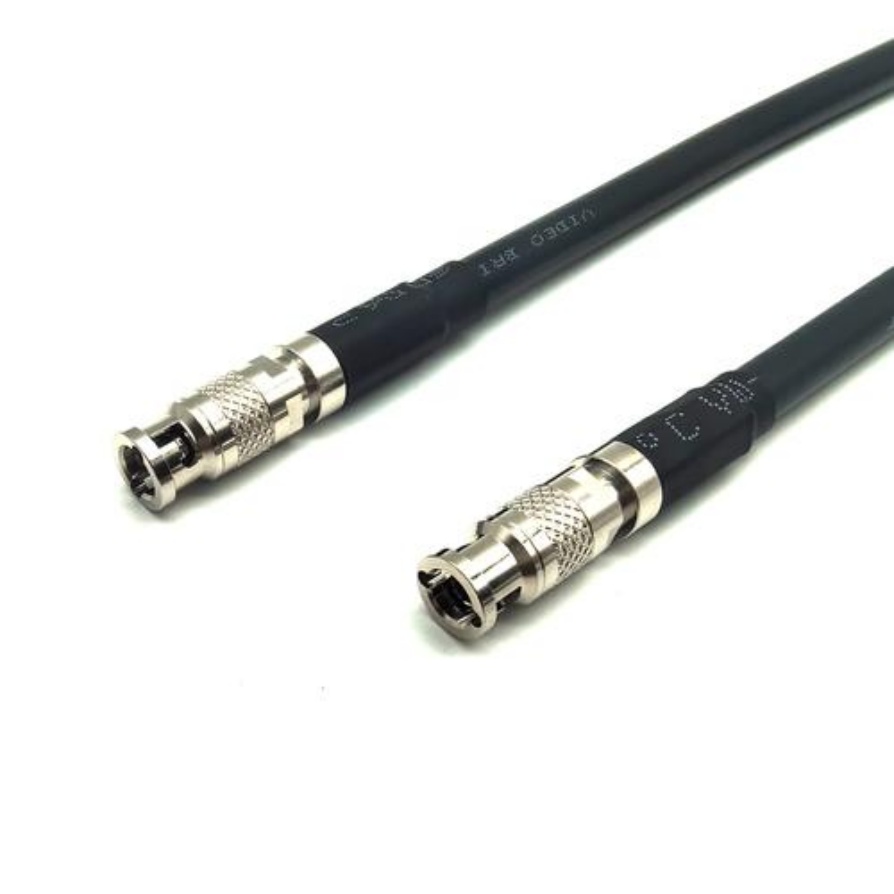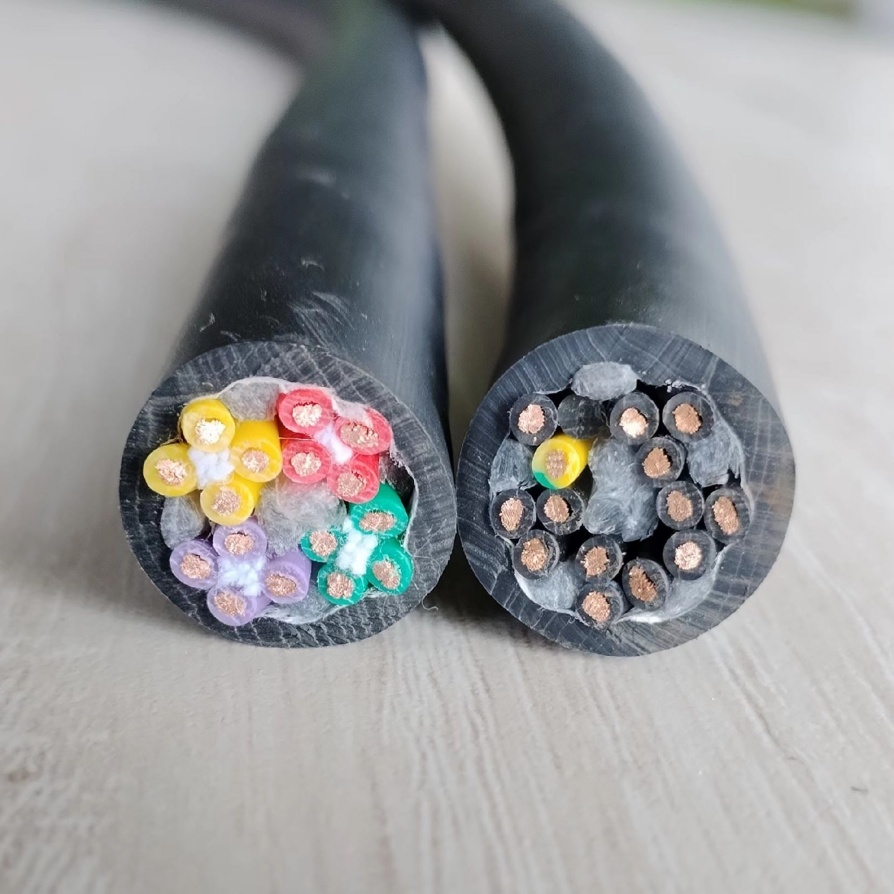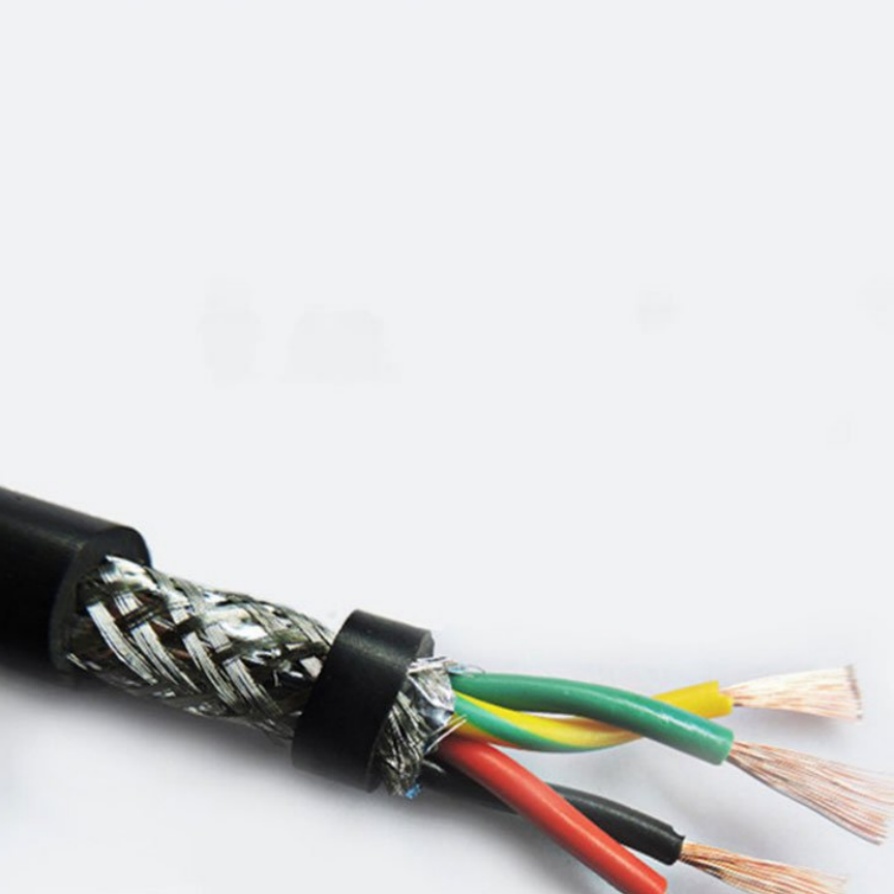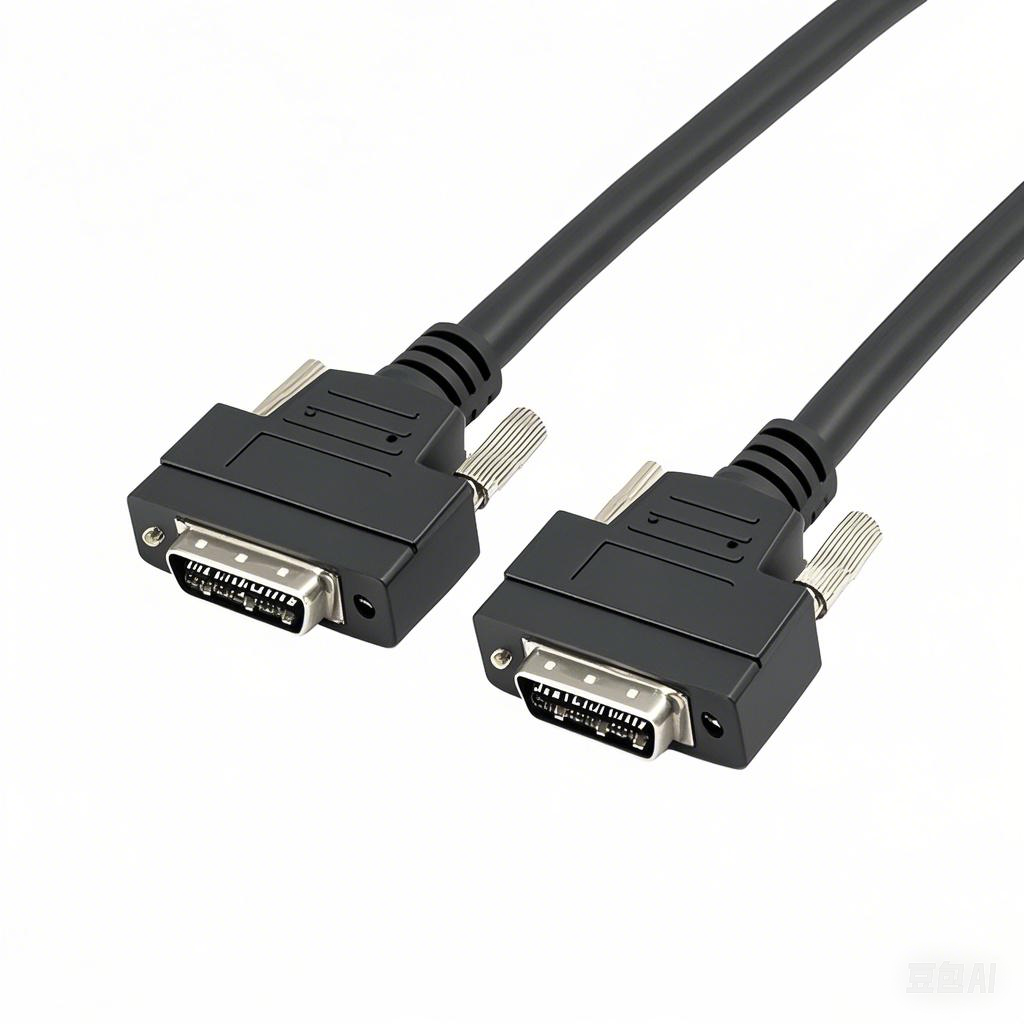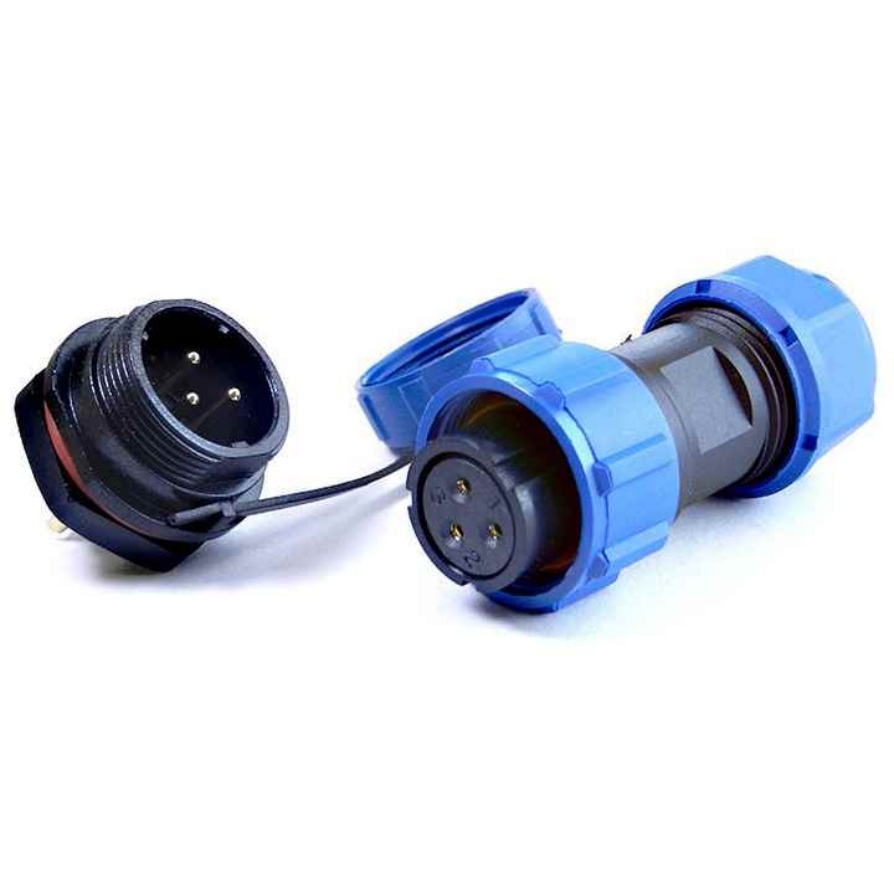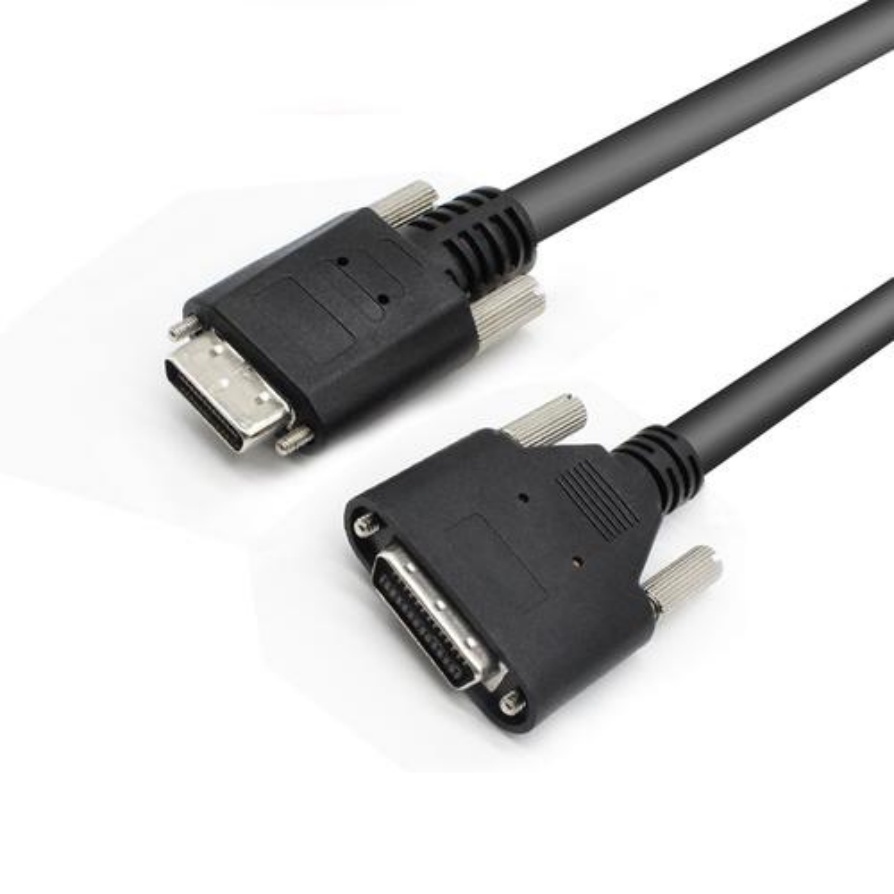Top 10 Applications of Machine Vision Cables in Agriculture Robotics
The agricultural sector is undergoing a radical transformation, driven by robotics and automation. At the heart of these intelligent machines lies a critical component: the machine vision system. These systems act as the “eyes” of agricultural robots, capturing high-resolution images and data to guide precise actions. However, none of this is possible without the robust and reliable machine vision cables that connect cameras, sensors, and processors. These cables are the vital lifelines, ensuring data integrity in harsh farm environments.
This article explores the top 10 applications where machine vision cables are indispensable for the functionality and success of agriculture robotics.
1. Automated Harvesting and Picking
Agricultural robots equipped with advanced vision systems can identify ripe fruits and vegetables like tomatoes, strawberries, and apples. High-speed machine vision cables transmit real-time image data from cameras to the processing unit, which then guides robotic arms for gentle and efficient picking. These cables must withstand constant movement and flexing while ensuring zero data loss for precise coordination.
2. Precision Weeding and Crop Management
Vision-guided robots can distinguish between crops and weeds with remarkable accuracy. Using data transmitted via durable machine vision cables, these robots can precisely target weeds with minimal herbicide or mechanically remove them without damaging the surrounding plants. This application demands cables that are resistant to chemicals, moisture, and dust.
3. Autonomous Planting and Seeding
Robotic planters use machine vision to navigate fields and optimize seed placement. Vision systems assess soil conditions and guide the equipment to deposit seeds at the perfect depth and spacing. The machine vision cables in these systems must be built to endure vibrations from traversing rough terrain and exposure to soil and debris.
4. Crop Health Monitoring and Analysis
Drones and ground-based robots equipped with multispectral or hyperspectral cameras scan fields to monitor crop health. The high-bandwidth data from these sensors, carried by reliable machine vision cables, helps detect early signs of disease, pest infestation, or nutrient deficiencies long before they are visible to the naked eye.
5. Yield Estimation and Forecasting
By analyzing images of fruits and flowers, machine vision systems can predict crop yields with high accuracy. This data is crucial for supply chain planning and resource allocation. The integrity of the image data transfer, ensured by high-quality machine vision cables, is key to generating reliable forecasts.
6. Livestock Monitoring
In animal husbandry, robots use vision systems to monitor livestock health and behavior. They can track animal weight, identify signs of injury or illness, and even assist in automated milking. The machine vision cables used in barns and pens must be exceptionally robust, capable of resisting physical impact and frequent washdowns with cleaning agents.
7. Sorting and Grading of Produce
Post-harvest, machine vision is critical for sorting and grading produce based on size, color, shape, and quality. High-speed conveyor systems rely on cameras connected via continuous-flex machine vision cables to make instant decisions, directing produce to the appropriate bins. These cables are subject to extreme continuous motion.
8. Pruning and Thinning
Robotic pruners use vision systems to identify which branches or seedlings to cut to optimize plant growth and fruit production. The real-time video data transmitted through shielded machine vision cables allows for precise cuts, improving overall crop health and yield.
9. Soil Analysis and Sampling
Autonomous rovers can collect soil samples and use onboard vision systems to perform initial analysis. The data from these systems, transmitted via ruggedized machine vision cables, helps in creating detailed soil nutrient maps for variable-rate fertilization, leading to more sustainable farming practices.
10. Autonomous Navigation and Guidance
Perhaps the most fundamental application is navigation. Agricultural robots use machine vision for GPS-free navigation, avoiding obstacles, and following crop rows. The machine vision cables linking stereo cameras and LiDAR sensors are essential for safe and efficient autonomous movement across unpredictable farm landscapes.
Conclusion
Machine vision cables are far from mere accessories; they are enabling technologies that empower agriculture robotics to perform complex tasks with precision and reliability. From seed to harvest, these specialized cables ensure that the critical data captured by vision systems is delivered accurately, enabling smarter, more efficient, and sustainable agricultural practices. As farming continues to evolve, the role of high-performance machine vision cables will only become more pronounced.
Frequently Asked Questions (FAQs)
Q1: Why are standard cables not suitable for machine vision in agricultural robots?
Standard cables often fail under the demanding conditions of agriculture, which include constant flexing, exposure to UV light, temperature extremes, moisture, dust, and chemicals. Machine vision cables are specifically engineered with superior shielding, robust jacketing, and durable conductors to maintain signal integrity and operational reliability in these harsh environments.
Q2: What should I look for in a machine vision cable for an agricultural application?
Key specifications to consider include:
- •Flexibility & Torsion Resistance: For continuous movement on robotic arms and vehicles.
- •IP Rating: High ingress protection (e.g., IP67/IP68) against dust and water.
- •Chemical/Oil Resistance: To withstand fertilizers, pesticides, and cleaning agents.
- •EMI/RFI Shielding: To prevent signal interference from heavy farm machinery.
- •Abrasion Resistance: For longevity against rough surfaces and debris.
Q3: Can machine vision cables be used with different types of cameras on a farm?
Absolutely. High-quality machine vision cables are designed with standardized interfaces (like M12, M8, or Ethernet connectors) to be compatible with a wide range of cameras, including CMOS, CCD, infrared (IR), and 3D cameras, making them versatile for various agricultural sensing tasks.



